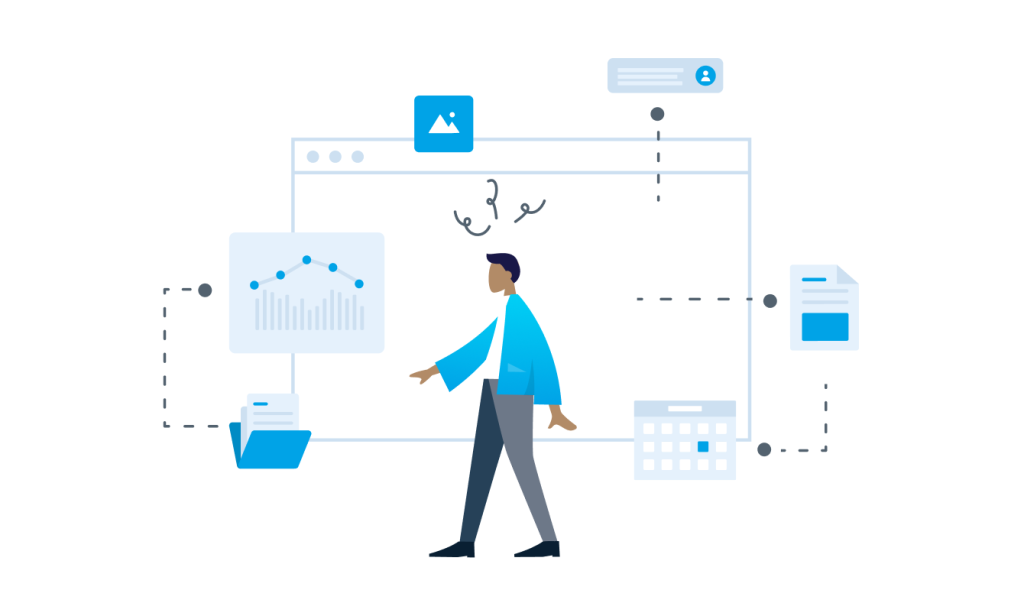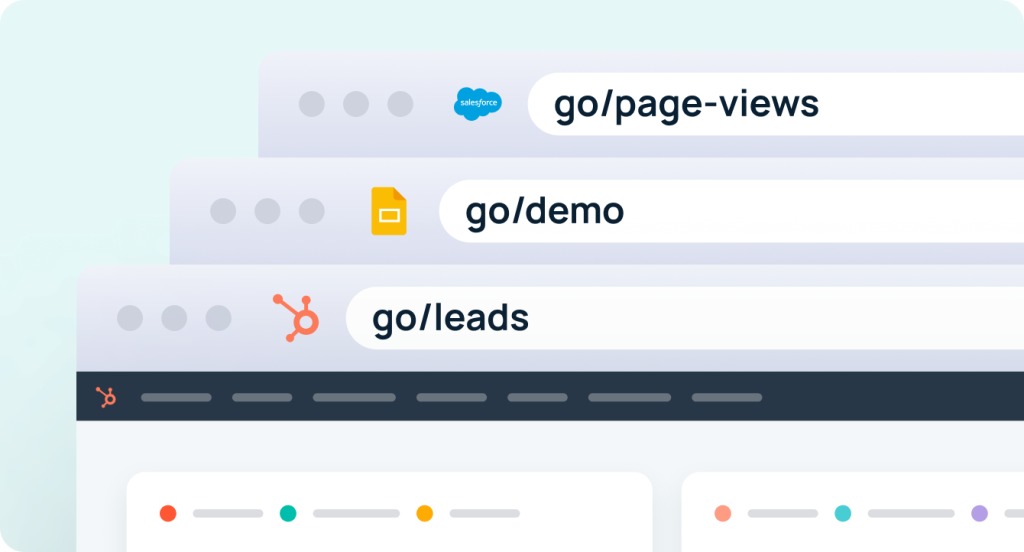The rise of content marketing has completely changed the buyer’s journey. In traditional sales cycles, a prospect’s first interaction with your business would often be through contact with a sales rep. Now, your buyer can be up to 60% of the way through their buyer’s journey before you ever make contact with them.
That’s why strategic sales enablement content is so crucial to engaging with prospects, converting leads, and closing deals. Having a sales enablement content strategy ensures that you have:
- Cohesive messaging, positioning, offers, and pricing throughout the buyer’s journey.
- Consistency between a prospect’s first touchpoint (often marketing) and last.
- Customer-centric content that provides value to your buyer wherever they are in the buyer’s journey.
Unfortunately, there are several pitfalls content teams run into when developing sales enablement materials. If you’re building out your sales enablement content strategy, here are five common mistakes to avoid and tips for developing targeted, effective sales enablement content.
Mistake #1: Neglecting sales team input
What’s the point of sales enablement content if it’s not improving your sales workflow? When developing your sales enablement strategy, it’s crucial to involve sales, marketing, and product teams to ensure that the entire buyer’s journey is consistent. But sales reps can be tough to pin down.

Make it easy for sales reps to provide input. Offer to listen in on sales calls or ask for recordings of their recent calls. Read through their current sales enablement content before reaching out.
When you do reach out for feedback, ask specific questions like:
- What questions or misconceptions do prospects have when you talk to them?
- What do you wish prospects knew before talking to you?
- What do you struggle to articulate to prospects in sales conversations?
- What info would you like to leave behind after a sales conversation?

Mistake #2: Creating too much content
Creating too much sales enablement content overcomplicates your buyer’s journey for sales reps, marketers, and prospects. Not only will you waste resources creating redundant content, but you’ll also make it harder for your sales team to find the content they actually need.

This is where having a sales enablement content strategy can really help. Break up your buyer’s journey into the top, middle, and bottom of the sales funnel. These are sometimes referred to as the awareness, consideration, and decision stages, respectively. Then identify what content provides value to your buyer at each stage.
Awareness stage content
- Thought leadership
Consideration stage content
- eBooks and white papers
- Case studies
- Product sheets and one-pagers
- Product demos
Decision stage content
- Competitive analysis
- Pitch script or deck
- Internal sales enablement docs
Mistake #3: Not making it easy for sales to find content
Too often, content teams pour time and energy into sales enablement content only for sales reps not to use it. Most of the time, this is because it’s difficult for sales reps to find the sales enablement materials on the fly.

“If you don’t know where to go to get the most updated stuff, you’re not going to go get it,” Keith Cordeiro, Regional VP of North America, Commercial Sales at Salesloft says. For example, if you’re using two different knowledge management systems, like Confluence and Google Drive, it makes it difficult for sales teams to know what lives where. GoLinks creates the path of least resistance between sales reps and the most up-to-date sales enablement content.
GoLinks for sales enablement
Make it easy for sales reps to find and share sales enablement content using GoLinks. Create short, shareable links for a variety of sales tools. For example use go/product-sheet, go/pitch-deck, or go/case-study. Not only does this make it easier for sales teams to seamlessly collaborate, it also makes it quick and easy for reps to access the information they need during important calls with prospects and customers.

Sales teams can even use GoLinks to streamline internal processes. For example, use go/leads or go/pipeline to navigate to high-priority prospects. Imagine sales reps being able to access all of their most important tools, contacts, and sales enablement content all from one source of truth. GoLinks makes it easy by simplifying your sales tech stack

Mistake #4: Not updating content regularly
It’s best practice to regularly update your sales enablement content. Why? Pricing, product details, and team information change fairly often. If your prospects are basing their buying decisions on outdated product demos or pricing structures, you’re setting your sales team up for failure.
Consider reviewing your sales enablement content on a quarterly basis to ensure that everything is up to date. If you update your product more than quarterly, you may need to assess sales content more often. Assign a content owner and sales reviewer for quarterly reviews to own content updates.
While reviewing, assess whether existing content requires updates and take note of any gaps in your sales enablement content. You may need to scrap old content or create new pieces to fill out your buyer’s journey.
Pro tip: If you link all of your sales enablement materials with go links, you can easily update the content connected to the links instead of having to send updated files out to reps, prospects, or other team members.
Mistake #5: Not Measuring Content Effectiveness
While all content should have a purpose, sales enablement content is driving specific, measurable goals. Tracking landing page views and time on page isn’t enough to determine whether your sales enablement content is effectively moving prospects through the buyer’s journey.
Instead, here are a few important metrics to help you measure content effectiveness:
- Content downloads
- Lead captures
- Lead conversion rate
- Sales cycle length
In addition to quantitative metrics, there’s also qualitative data you can use to keep tabs on content performance. For example, during your quarterly content review, make sure you touch base with your sales team. Conduct a quick survey or talk to your most successful reps to see how they are using sales enablement content, where there are gaps, and what pieces have been most valuable for prospects. You can also conduct surveys with new customers to collect their feedback on their buying experience and onboarding process.
Improve your sales enablement content strategy with GoLinks
Having a solid sales enablement content strategy is crucial to creating a seamless buyer’s journey. Sales enablement provides value to your prospects at each stage of the buyer’s journey by answering their questions and helping them conduct research before ever meeting with a sales rep.
When done well, sales enablement tees up your sales team to close more deals, faster. And GoLinks creates a single source of truth for sales enablement content between marketing, sales, and prospects.
Access and share resources instantly with GoLinks
Try for free














